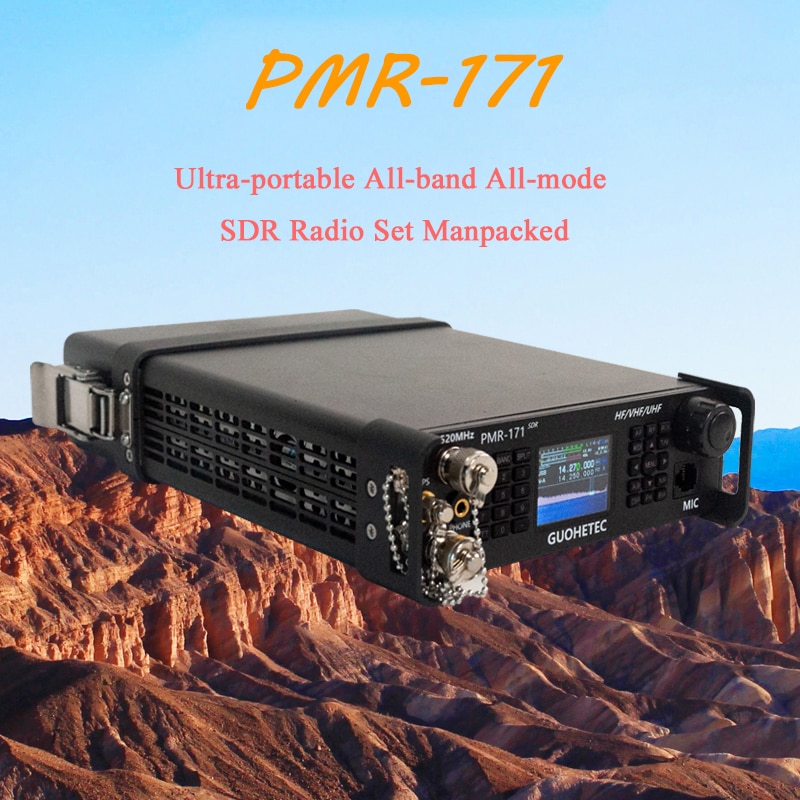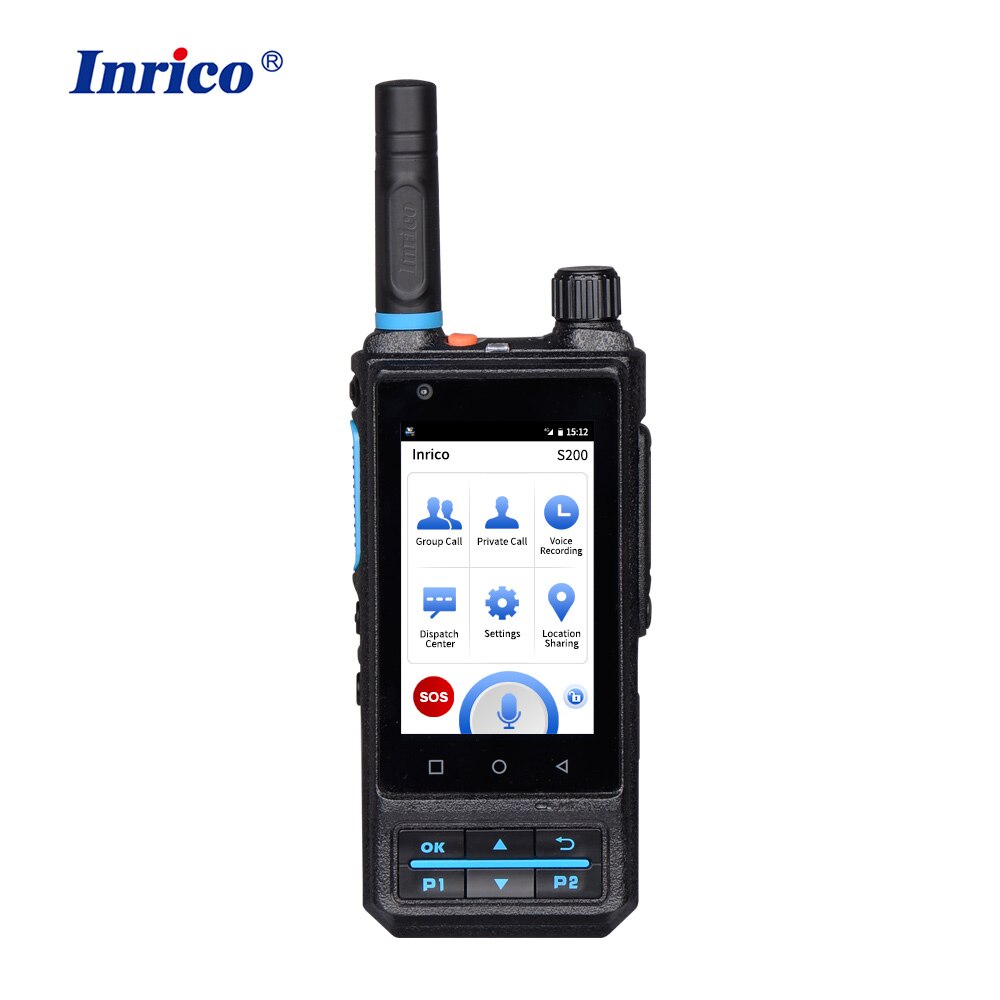How far is the walkie talkie? When a handheld walkie talkie works in collaboration without a relay station, based on the transmission power of the walkie talkie, the normal effective communication distance is between 1-6 kilometers. Different transmission power and communication environment have a significant impact on the communication distance of the wireless walkie talkie. Our article mainly discusses the effective communication distance of walkie talkies in different environments
In the past sales process, the biggest concern for users was the distance between intercoms, which often raised a series of communication distance issues for sales personnel. How far can the walkie talkie shout? Why are some places calling from the same walkie talkie relatively far away while others are very close? Is there a walkie talkie that can shout up to 10 kilometers?
In fact, legitimate and large-scale walkie talkie manufacturers do not indicate the communication distance of a certain model of walkie talkie on their product promotional brochures, product manuals, or brand official websites. If the intercom communication distance is marked out, it is more conducive to product sales, but responsible companies will not do so because no company can predict the user’s usage environment. It should be noted that the communication environment plays a decisive role in the intercom communication distance, so it is impossible to determine the intercom usage distance.
In addition to external factors such as the usage environment, the technical specifications of the walkie talkie itself are also important factors that affect the communication distance of the walkie talkie, such as the transmission power, reception sensitivity, whether the antenna is the original configuration, and whether the antenna is damaged. These all have a certain impact on the communication distance. Of course, whether the user uses it correctly can also affect the maximum communication distance of the walkie talkie to a certain extent.
The commonly used wireless walkie talkies generally use 130-170MHz; There are two frequency bands of 403-470MHz, which are also allowed by national laws for individuals or units to use. In general, these two wave frequencies propagate in a straight line. Maritime communication is an ideal communication environment for wireless walkie talkies on Earth, with generally no obstacles and minimal interference. However, in reality, handheld walkie talkies at sea can only travel about 10-20 nautical miles, because the Earth is circular and if they are too far apart, they will be blocked by seawater in the middle (so installing the antenna higher will result in a longer call distance).
Usually used in cities, obstacles are the most significant factor affecting the signal propagation distance. The actual call distance of professional walkie talkies with a power of up to 5 watts in cities is generally only within the range of 2-5 kilometers. In areas with high ground, many buildings, or relatively enclosed rooms, the call distance can be shorter. However, when supported by the system base station, the call range of the walkie talkie can reach more than ten kilometers or even tens of kilometers (if both walkie talkies are at high altitudes, it can also reach more than ten kilometers).
The 0.5W walkie talkies sold on the market have a nominal maximum call distance of 3 kilometers from some manufacturers. In fact, this call distance is only a theoretical calculation based on transmission power, which means the maximum call distance of a 0.5W walkie talkie without obstacles or electromagnetic interference. In practical use, due to the different environments in which users are located, the background noise varies from large to small, and the electromagnetic interference varies from strong to weak, so the actual call distance is generally less than 3 kilometers. Many users often mistakenly think that when purchasing walkie talkies, they can use them in cities and have a call distance of up to 3 kilometers, which is unlikely! No manufacturer can predict the user’s usage environment, and of course, it is impossible to provide the actual call distance.
Although the communication distance of walkie talkies is difficult to say clearly, everyone is still very concerned about this issue. Phonetic communication is a professional manufacturer of walkie talkies engaged in the radio industry for 15 years. Based on years of customer feedback and their own testing experience, a rough range of effective walkie talkies has been obtained for your reference:
Handheld Radio
5 watts/4 watts transmission power: 1-3 kilometers in urban areas and 3-5 kilometers in open spaces;
3 watts/2 watts transmission power: 500 meters to 2 kilometers in urban areas, 1-3 kilometers in open spaces;
1 watt/0.5 watt transmission power: 200 meters to 800 meters in urban areas/500 meters to 1.5 kilometers in open spaces.

Car Mobile Radio
50W/40W transmission power: 5-15 kilometers in urban areas and 10-25 kilometers in open spaces;
25 watts/20 watts transmission power: 3-10 kilometers in urban areas and 5-15 kilometers in open spaces;
10 watts/5 watts transmission power: 1-5 kilometers in urban areas and 3-8 kilometers in open spaces;

Shortwave walkie talkie
The distance is very far, and with the support of external environmental factors, cross provincial or even cross-border communication can be achieved. However, the shortwave walkie talkie requires a Level 3 or above amateur radio operation certificate, otherwise it will be considered illegal operation.

Cluster intercom
The distance is very far, and it can basically communicate throughout the city. It is generally used for public security networks and requires high cluster networking costs.
Install relay station
The cost of the relay station is relatively high, but the distance between handheld walkie talkies and car mounted walkie talkies will significantly increase after being connected to the relay station.
